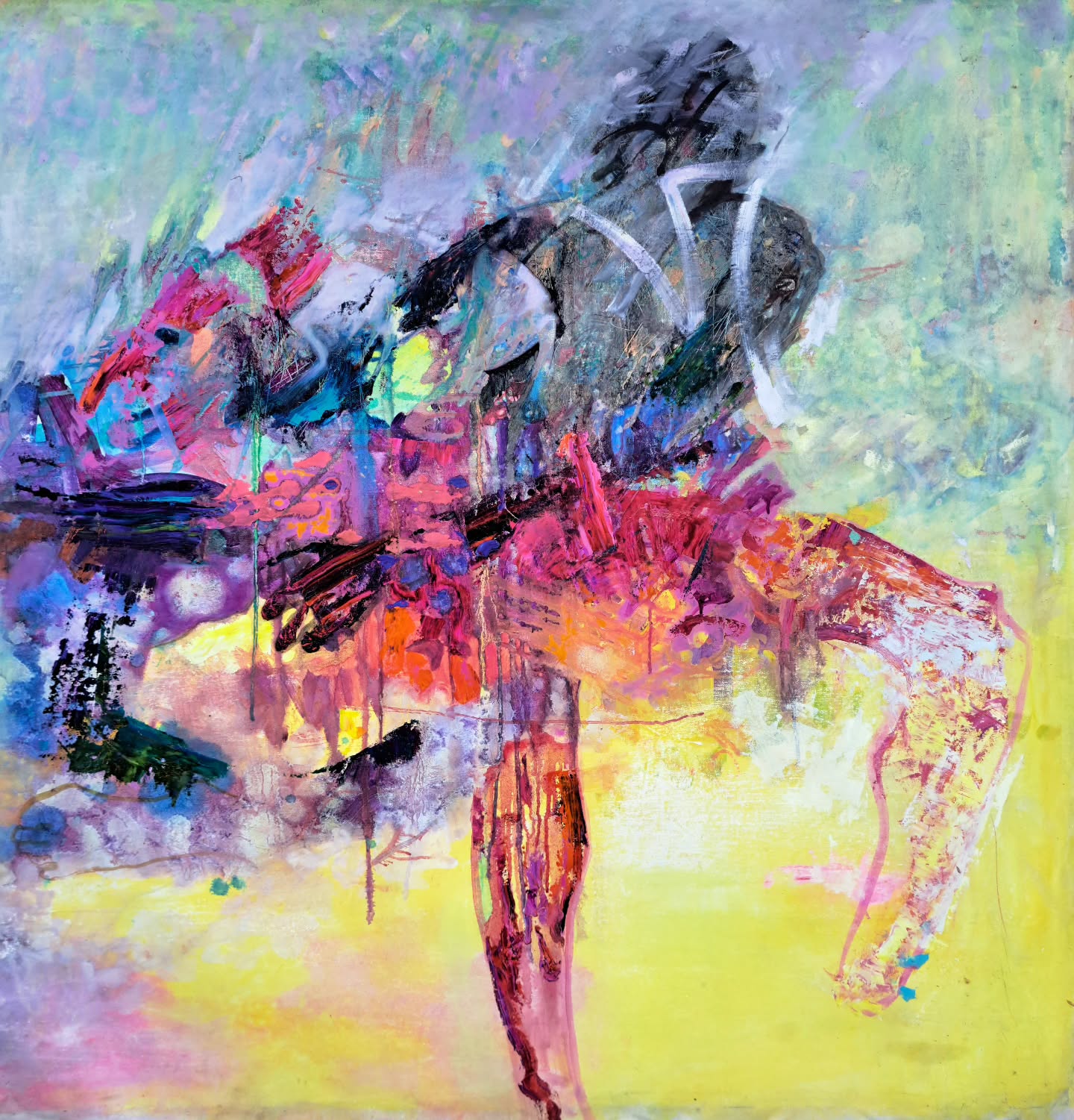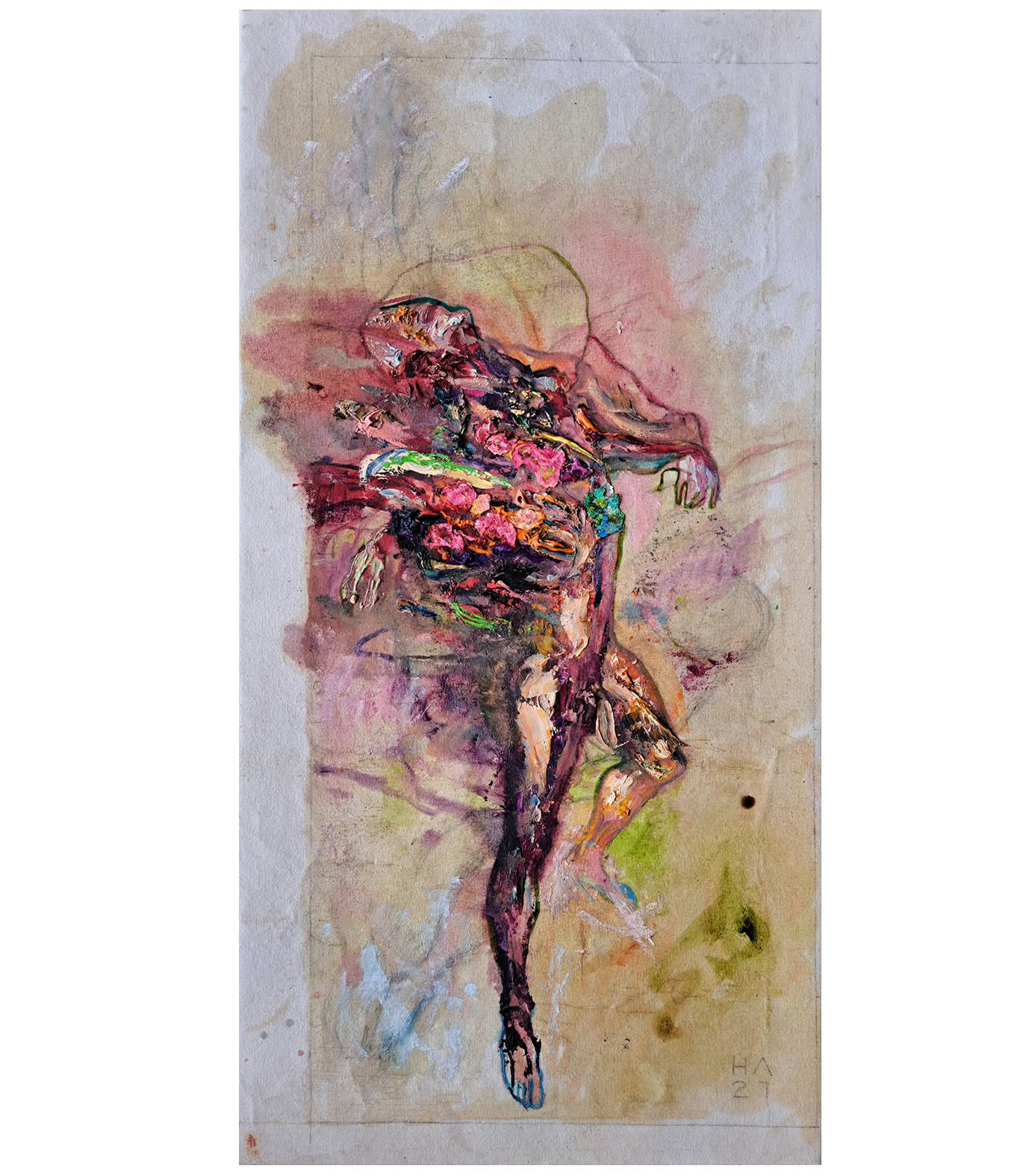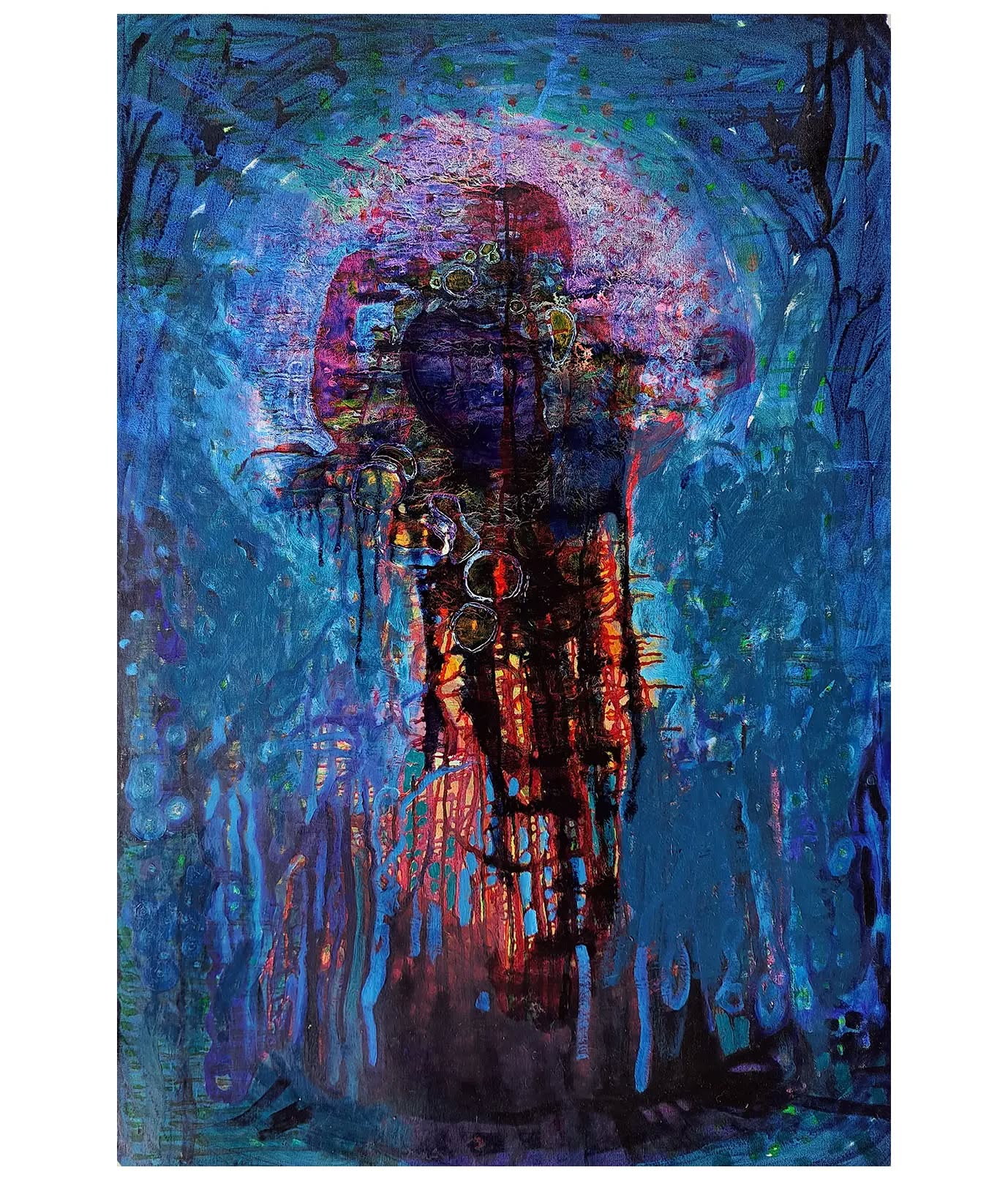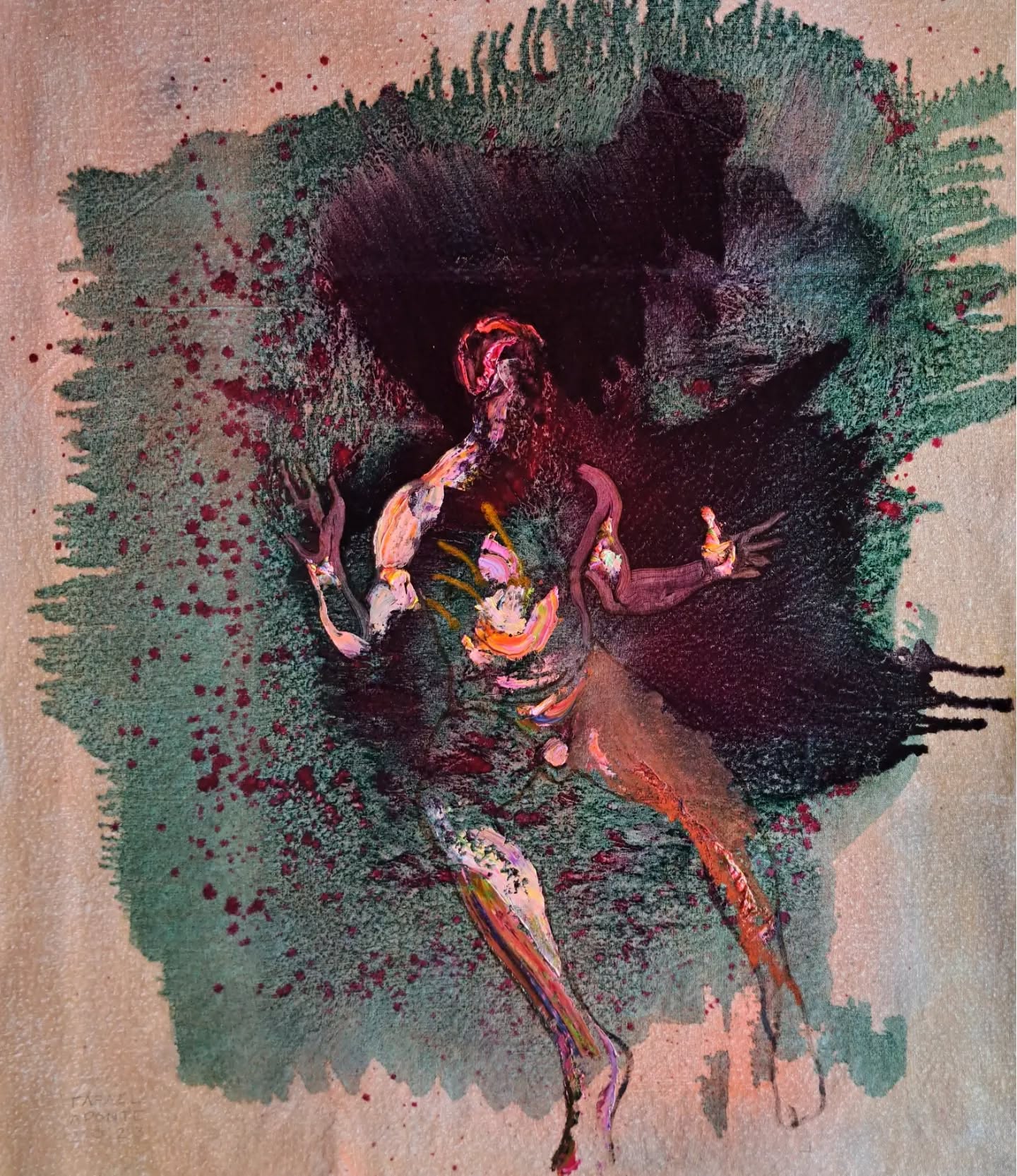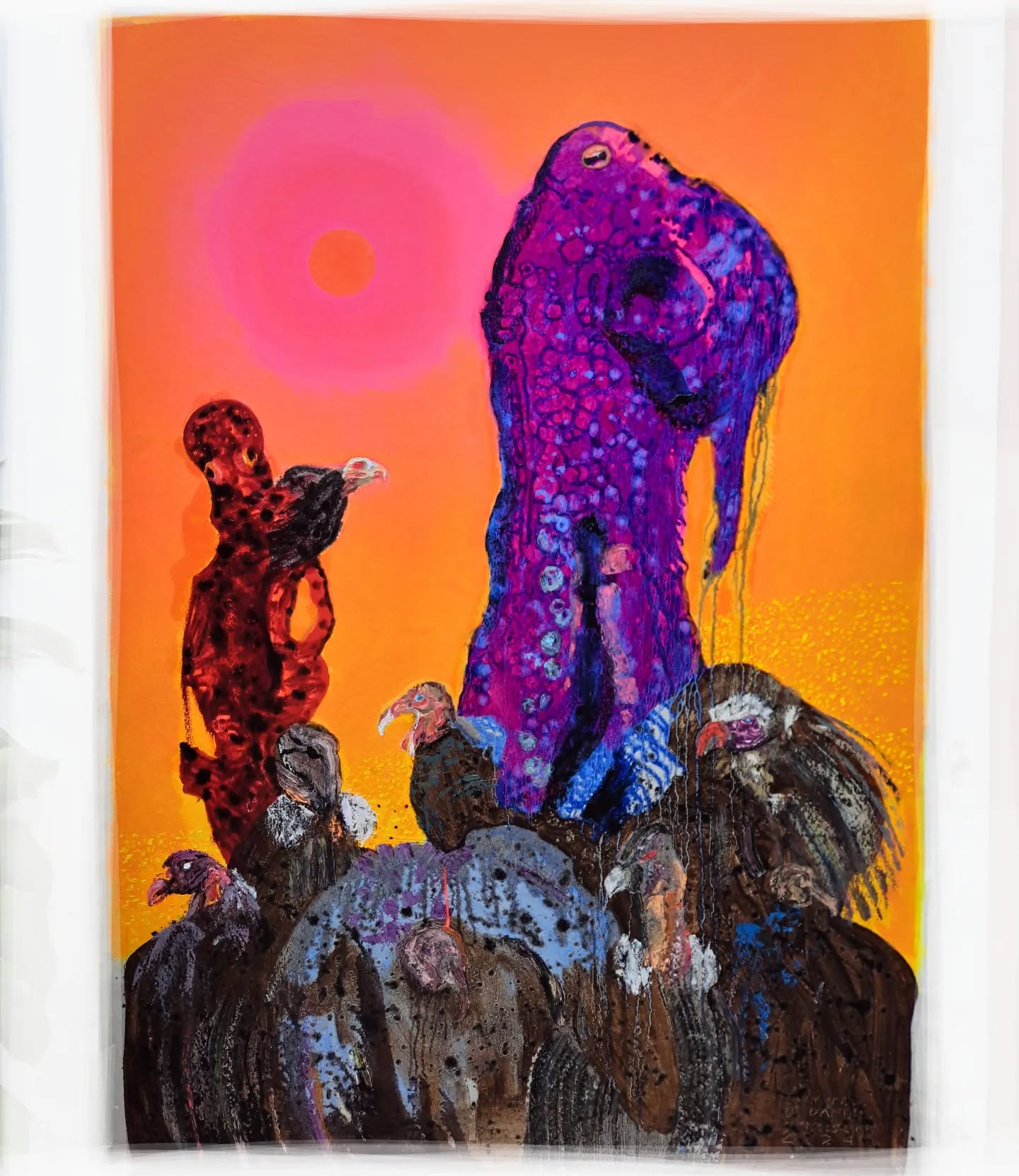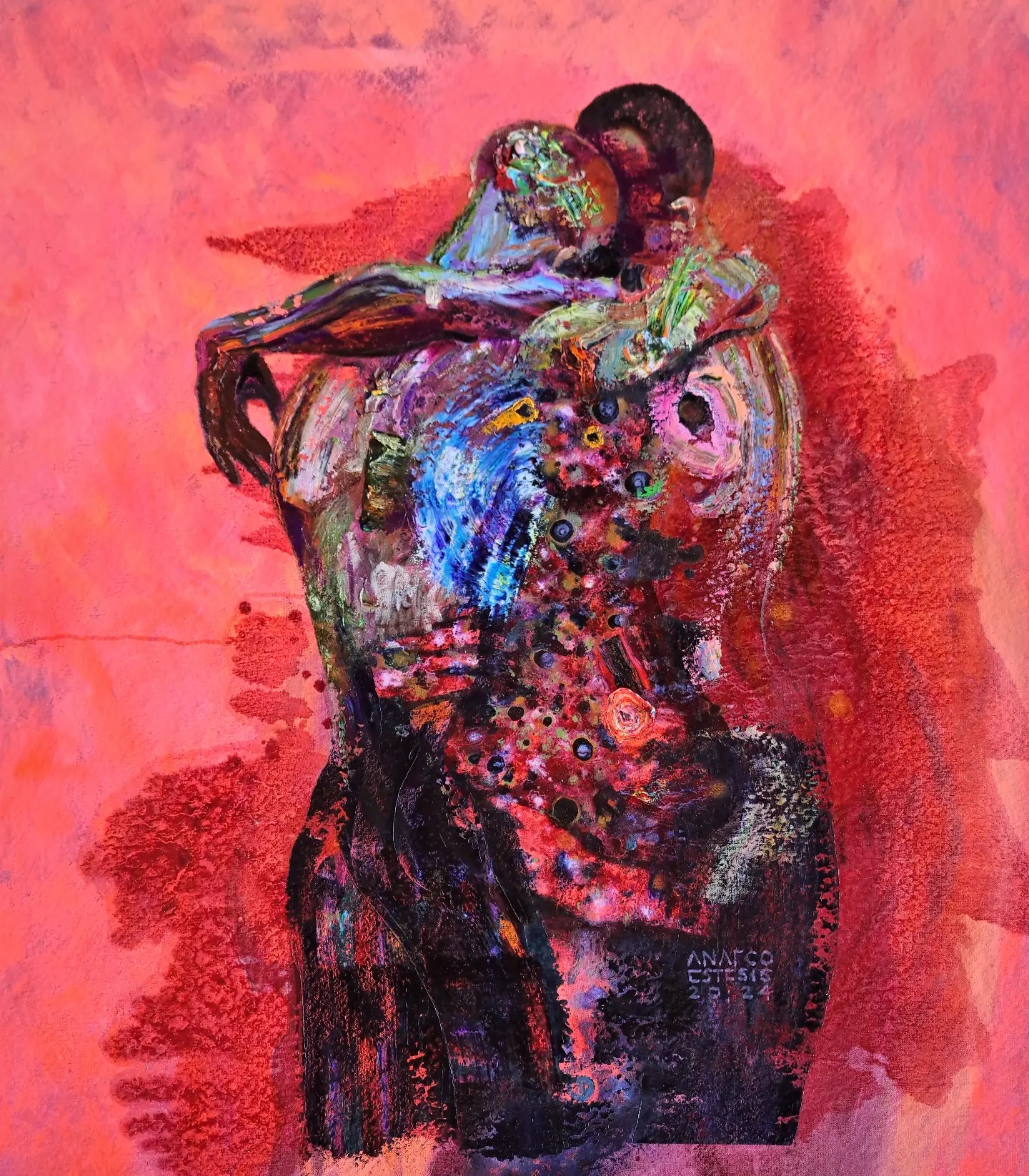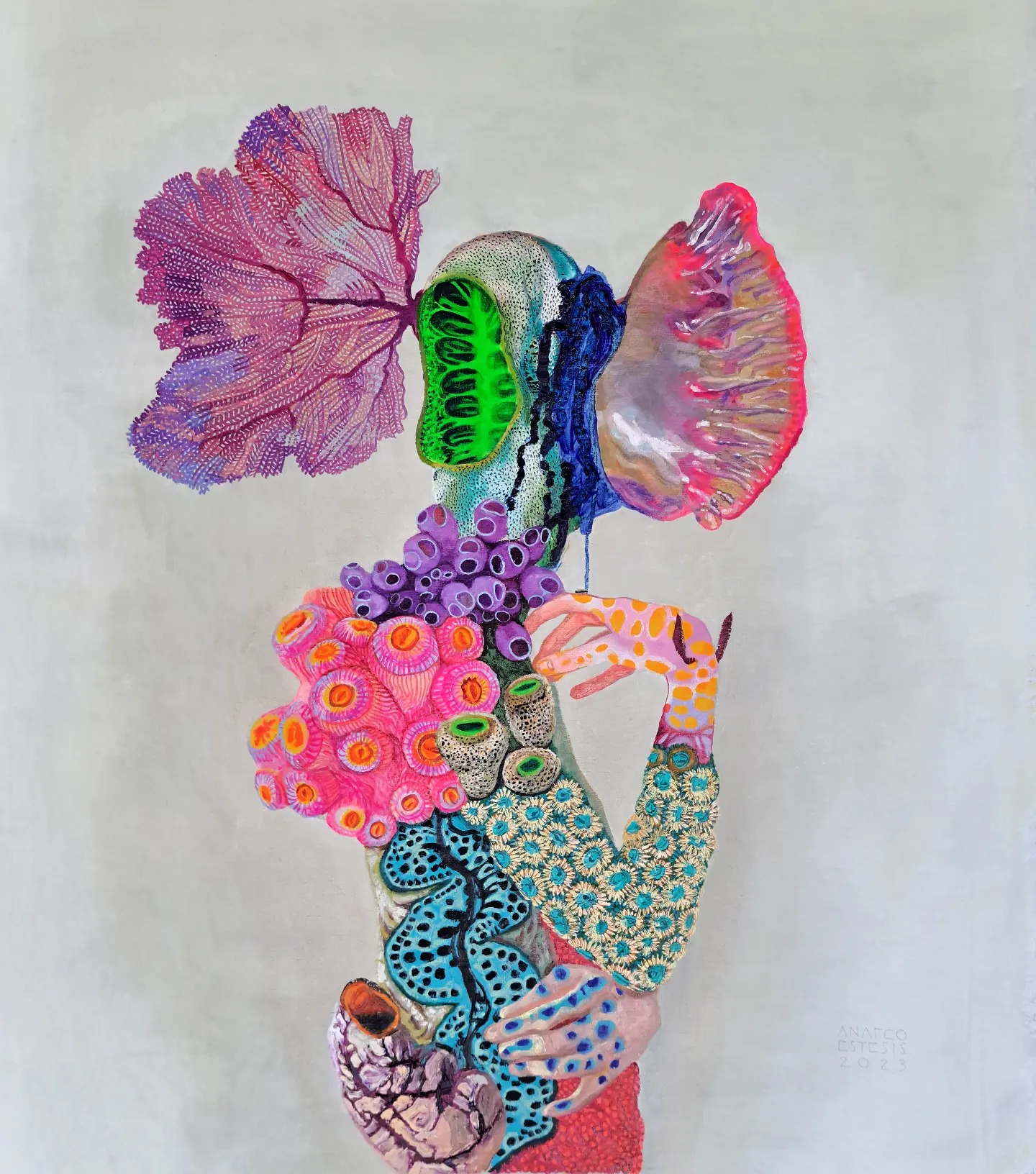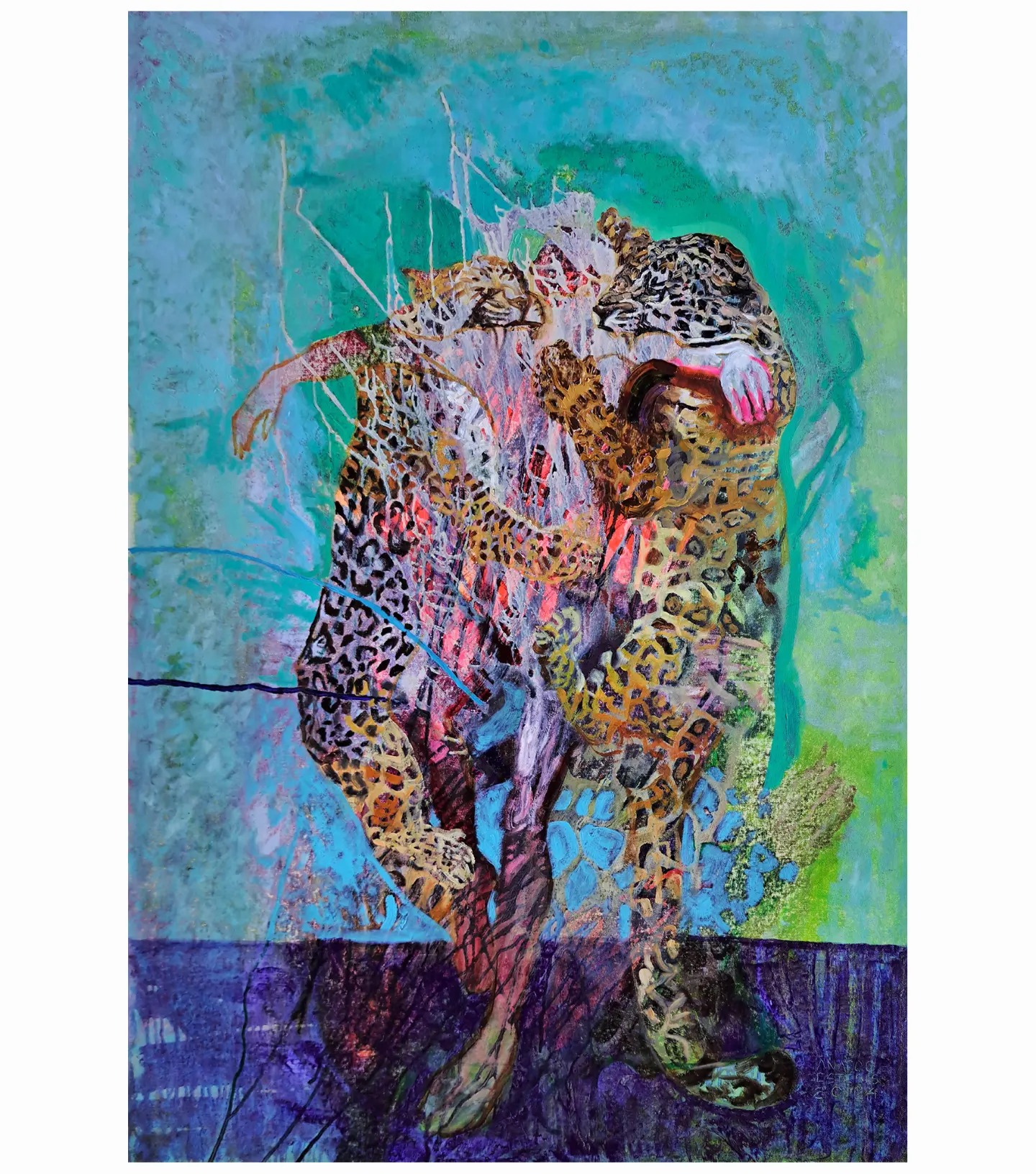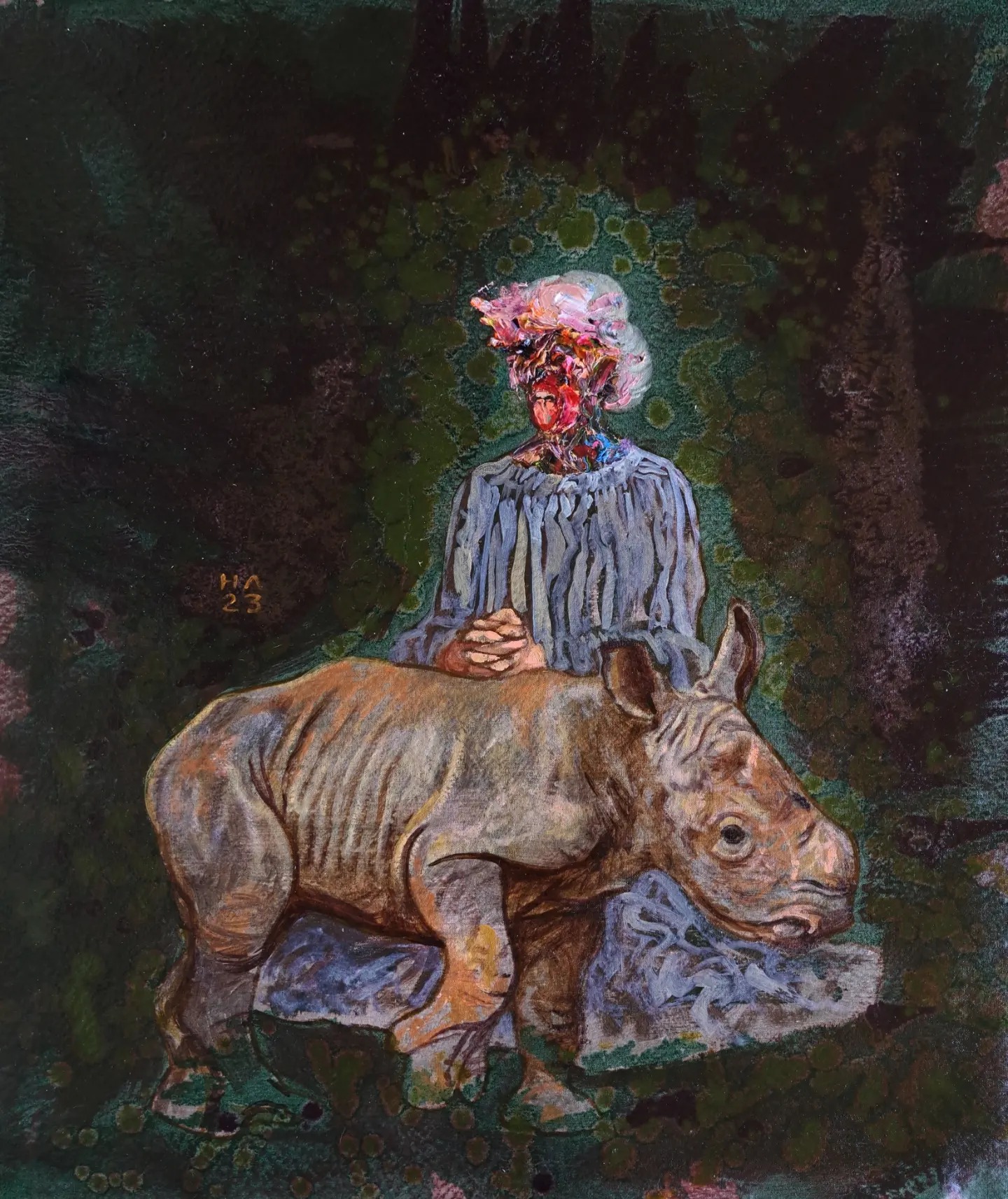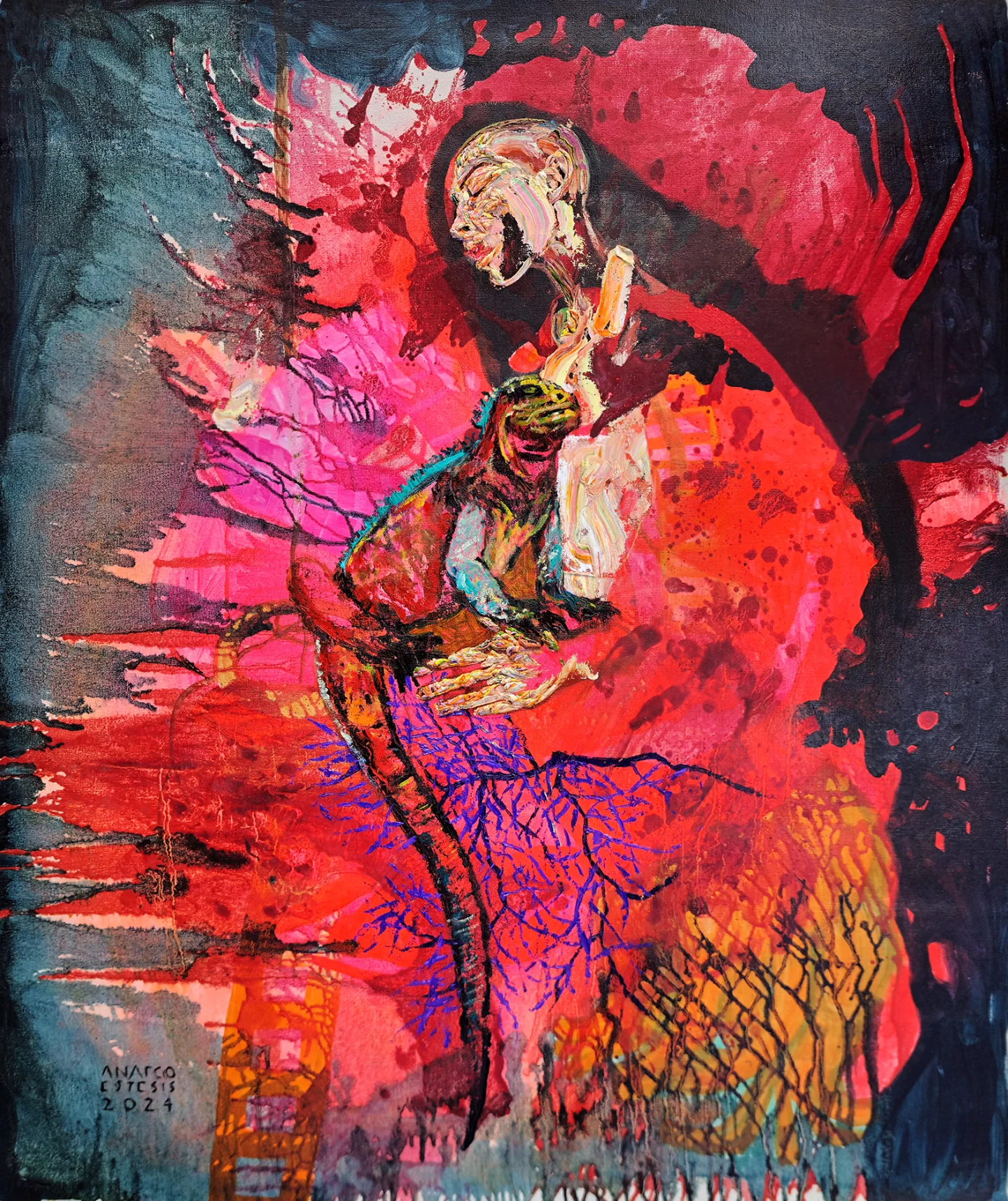Since the dawn of time, humanity has been instinctively drawn towards two seemingly disparate yet profoundly intertwined forces: beauty and the accumulation of riches. These twin desires, woven into the fabric of our societies, have found a powerful point of convergence in the world of art. From ancient civilizations to the modern financial landscape, art has served not only as an expression of creativity and culture but also as a tangible manifestation of wealth, power, and investment.

The earliest artifacts unearthed by archaeologists reveal this connection. Intricately crafted objects, particularly those made of precious metals like gold and adorned with precious stones, were not merely functional; they were potent symbols of status. These treasures graced the tables and adorned the bodies of those at the very apex of society – pharaohs, emperors, and high priests. Ownership of such beauty, skillfully wrought and materially valuable, was a clear declaration of dominance and control over resources. This wasn’t merely about possessing “things”; it was about controlling access to the rare and the beautiful, reinforcing the social hierarchy.

As societies evolved, so too did the forms of artistic patronage. In the medieval and Renaissance periods, portraiture became a powerful tool for projecting authority. Commissioning a portrait was far beyond the means of the average person. Grand paintings, depicting individuals in opulent settings, surrounded by symbols of their lineage and accomplishments, were the exclusive domain of landed gentry, wealthy merchants, and royalty. These portraits weren’t just likenesses; they were carefully constructed narratives of power, intended to impress and intimidate. They solidified the sitter’s place in the social order and served as a lasting legacy for generations to come. The artist, in this context, became a vital instrument in the machinery of social and political power.

This dynamic between art and wealth leads us to a striking modern reality: some of the most expensive items in the world are paintings. A prime example is Leonardo da Vinci’s Salvator Mundi, which sold for a staggering $450.3 million at Christie’s in 2017, shattering all previous records. This price tag isn’t solely about the canvas, the pigments, or even the undeniable genius of da Vinci. It reflects a complex interplay of factors. Paintings, particularly those by renowned masters, possess immense cultural value. They are tangible links to history, embodying artistic movements, philosophical ideas, and the spirit of their time.

However, cultural value alone doesn’t explain the astronomical prices. Over time, and given the right circumstances, a particular work of art can attract the attention of a highly exclusive elite – a global network of ultra-high-net-worth individuals, collectors, and institutions. This “elite” isn’t just wealthy; they are driven by a combination of aesthetic appreciation, investment acumen, and the desire for social distinction. The scarcity of masterpieces, combined with the intense competition among this select group, drives prices to extraordinary levels.
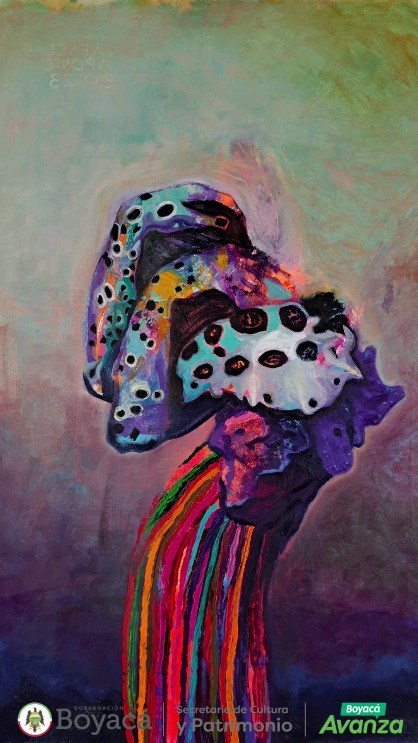
The art market, therefore, functions as a unique and often opaque financial ecosystem. It’s a place where:
- Art as an Asset Class: High-value art is increasingly viewed as an alternative asset class, alongside stocks, bonds, and real estate. For some investors, it offers a potential hedge against inflation, a way to diversify portfolios, and a means of storing wealth outside traditional financial systems.
- Speculation and Investment: The art market is not immune to speculation. The perceived future value of an artwork plays a significant role in its current price. Collectors and investors often acquire pieces with the expectation that their value will appreciate over time.
- Social Capital: Owning significant art confers social status and access to exclusive circles. It’s a form of cultural capital that can open doors and enhance one’s standing within a particular social milieu.
- Art as a Brand: Certain artists, galleries, and auction houses function as powerful brands, influencing taste and driving market trends. The “brand” of a deceased artist, carefully managed by estates and foundations, can significantly impact the value of their work.
- Money Laundering: Because the art market is relatively unregulated, it can be exploited.
In conclusion, the relationship between art and finance is far more than a simple transaction. It’s a long-standing, complex, and evolving interplay of aesthetics, economics, social dynamics, and investment strategies. From the gold artifacts of ancient kings to the multi-million-dollar paintings of today, art continues to be both a reflection of beauty and a powerful symbol of wealth, forever entwined in a dance that shapes our culture and our financial world. The enduring appeal of beauty, combined with the human drive for acquisition, ensures that this partnership will continue to thrive, albeit with ever-changing nuances, far into the future.

